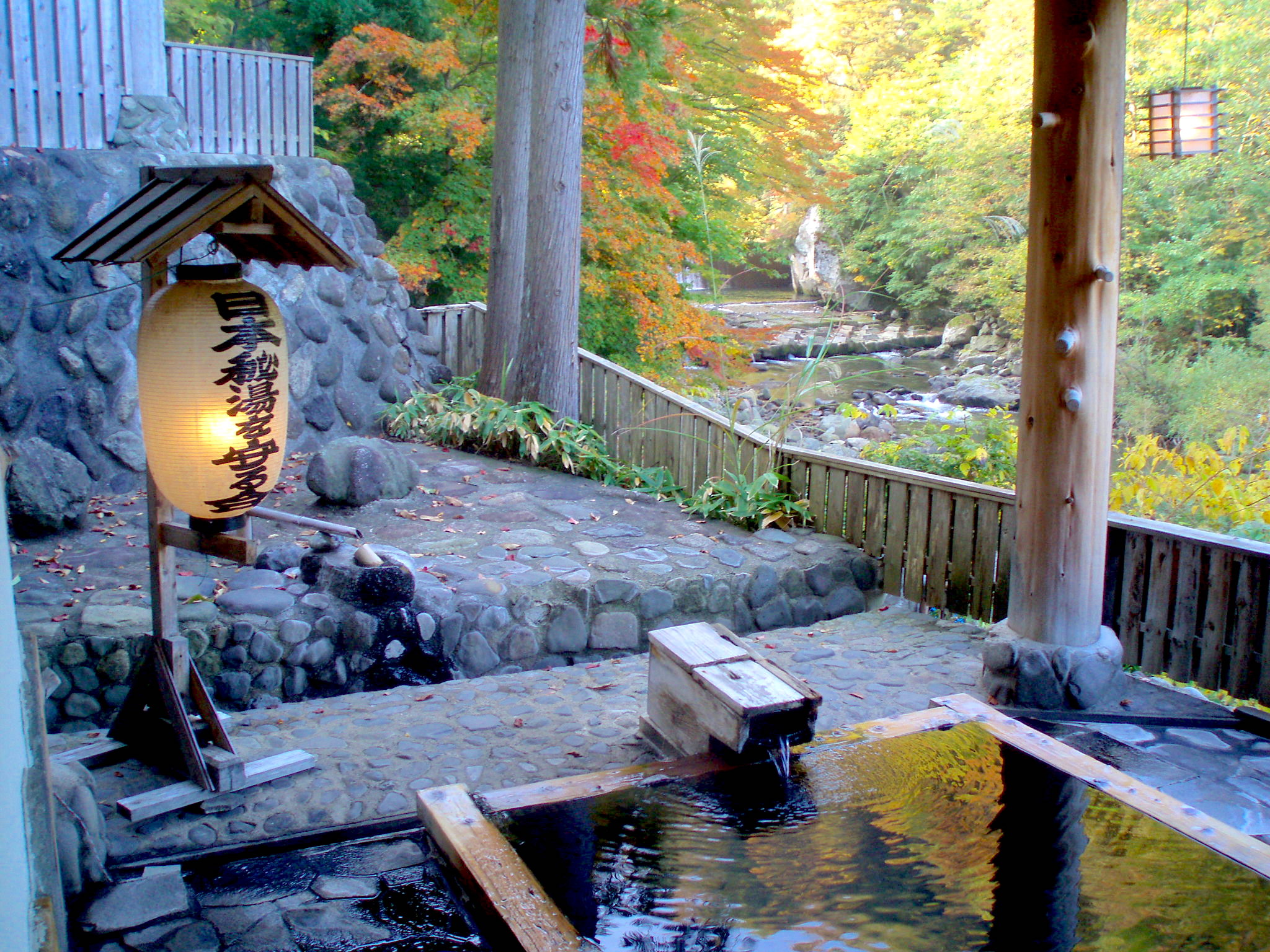Japan’s emphasis on the natural form also has a significant influence on its gardens. While the idea of gardens was originally brought to Japan from China, over time it has evolved into an irreplaceable aspect of Japanese culture.
Read MoreWasabi (わさび), Japanese horseradish, is a root vegetable eaten with many Japanese dishes. Many of you have probably seen wasabi in the form of a finely grated green paste with your sushi, sashimi, or soba (Japanese buckwheat noodles). But did you know that even in Japan, most of the wasabi eaten is, in fact, not “real” wasabi? Then what have you been eating all along?
Read MoreAlthough koi are the national fish of Japan, they are not a native species —they were brought to Japan from China in the 1st Century A.D. as a source of food. In fact, the earliest record of koi farming traces back to China in the 5th Century B.C. Koi has since spread its fins beyond Japan and is now loved by people around the world.
Read MoreThe Mingei Movement focuses on the overlooked beauty of art and crafts made by average people that are practical and used in daily life. Mingei can also be seen as a response to Japan's rapid industrialization, as it elevates things made in large quantity by the hand's of the common people, rather than in a factory.
Read MoreJapanese lacquerware and lacquerware production is known as urushi (pronounced “oo-roo-shee”). It is a word that can also refer to the lacquer itself, which is harvested from the sap of the urushi tree (lacquer tree). It culminates the beauty and elegance of Japanese aesthetics into practical objects, and it can be regarded as the pinnacle of Japanese craftsmanship.
Read MoreIf you are planning a visit to Japan and wish to experience one of the heights of Japanese luxury and culture, including a trip to an onsen is highly recommended. Onsen (温泉) are naturally-occurring hot springs that are found throughout the island nation. Onsen are an incredibly relaxing way to enjoy one of Japan’s oldest and most popular traditions.
Read MoreSo you've decided to take part in a formal Japanese dinner, maybe at a tea house.Today's topic is probably the most important for our readers making plans to go to Japan: How to prepare for and participate in a geisha dinner. What should you wear? What will happen during the dinner? What interactions can you expect?
Read More







